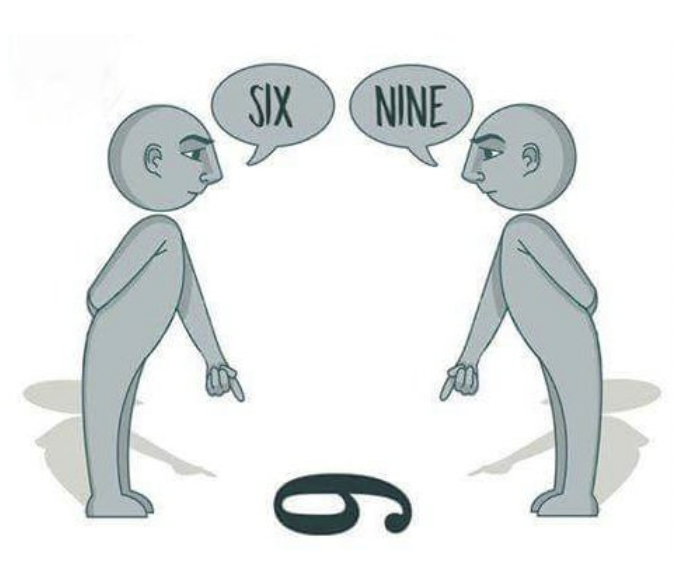THE RASHOMON EFFECT: WHAT IS OBJECTIVE TRUTH?
A woodcutter was strolling around casually in a bamboo grove near Kyoto when suddenly he found a dead man’s body. He then stated that the man died from a sword wound on the chest. Two policemen were later assigned to solve this mystery, and to their surprise, there was no physical evidence nearby, no weapons or horses. The only objects near the body were a single piece of rope and a comb, which were blood bathed from the victim’s blood. The police officers then suspected three witnesses:
- A Buddhist priest, who claimed that he saw the murdered man with a woman on his horseback right a day before the murder happened. He said that the victim carried a sword and a bow full of arrows.
- A paroled prisoner, who testified that he captured a notorious criminal named Tajomaru, and to his suspect, is the killer.
- An old woman, who revealed that she was the mother of the missing girl.
Upon the testimonies of each witness, the policemen were led to confusion about certain details, as they discovered facts that each person contradicts another person’s account.
The above story, In a Grove, published in 1922, is a short story by a Japanese author, Ryunosuke Akutagawa. Besides being best known as one of the Japanese literature digests, it is also known for inspiring the award-winning film by Akira Kurosawa, Rashomon. This is where the concept of Rashomon, also referred to as The Rashomon Effect, became publicly known. The story revolves around the murder mystery, where each character recounts what they saw and what happened, but as the reader, we don’t know who is telling the truth as each character has a distorted perception. Akutagawa and Kurosawa had used tools and techniques that created a remarkable and unique story, transforming each witness into an unreliable narrator. Neither reader nor viewer can trust anyone, not even coming to a conclusion to identify the killer.
Such conflicts occur almost every day in human affairs. Subjectivity and unreliability are inevitable, as many physiological phenomena are associated with the Rashomon effect. It makes us wonder, what is truth anyway? As quoted from TED-Ed, ‘Are there situations when an objective truth does not exist?’ This unleashes the reality where different versions of the same event, ultimately, is also a truth. Everyone can tell us about the time, place, and people involved, but the truth will always be mixed with information, backgrounds, and biases from different persona.
 These days, The Rashomon Effect is commonly associated with the film industry. More often than not, films that use Rashomon’s take in their piece have unreliable narrators and ambiguous endings, leading the viewer to wonder about the person’s point of view. It lets the audience be engaged and leaves the room with different interpretations, namely Gone Girl (2014) – which portrays a husband, Nick, that becomes a prime suspect of his missing wife, Amy, despite their blissful marriage that is continually being shown to the public. The story goes along, showing how Nick might truly be the perpetrator and even planned the murder of his wife. However, it unleashes the disorder Amy is having that tricks people into growing sympathetic, not realizing who the real culprit is. The Rashomon effect is very common in the legal or law field, for instance, when a firsthand witness confronts lawyers or judges with a contradictory testimony.
These days, The Rashomon Effect is commonly associated with the film industry. More often than not, films that use Rashomon’s take in their piece have unreliable narrators and ambiguous endings, leading the viewer to wonder about the person’s point of view. It lets the audience be engaged and leaves the room with different interpretations, namely Gone Girl (2014) – which portrays a husband, Nick, that becomes a prime suspect of his missing wife, Amy, despite their blissful marriage that is continually being shown to the public. The story goes along, showing how Nick might truly be the perpetrator and even planned the murder of his wife. However, it unleashes the disorder Amy is having that tricks people into growing sympathetic, not realizing who the real culprit is. The Rashomon effect is very common in the legal or law field, for instance, when a firsthand witness confronts lawyers or judges with a contradictory testimony.
However, the Rashomon Effect is not just about describing the unreliability of eyewitnesses but also about human phenomena, anthropology, and situations we encounter in everyday life. It all has to do with perspective, as everyone’s experience is subjective. To what extent can we trust our own memory? But most importantly, who am I to say this article is reliable after all?
REFERENCES
Marshall, Collin. (2021). The Rashomon Effect: The Phenomenon, Named After Akira Kurosawa’s Classic Film, Where Each of Us Remembers The Same Event Differently. Extracted from Open Culture: https://www.openculture.com/2021/06/the-rashomon-effect.html [Accessed 22 May]
Prince, Stephen. (2012). The Rashomon Effect. Extracted from Criterion: https://www.criterion.com/current/posts/195-the-rashomon-effect [Accessed 22 May]
Super Summary Team. (2020). In A Grove: Summary. Extracted from SuperSummary: https://www.supersummary.com/in-a-grove/summary/ [Accessed 23 May]

